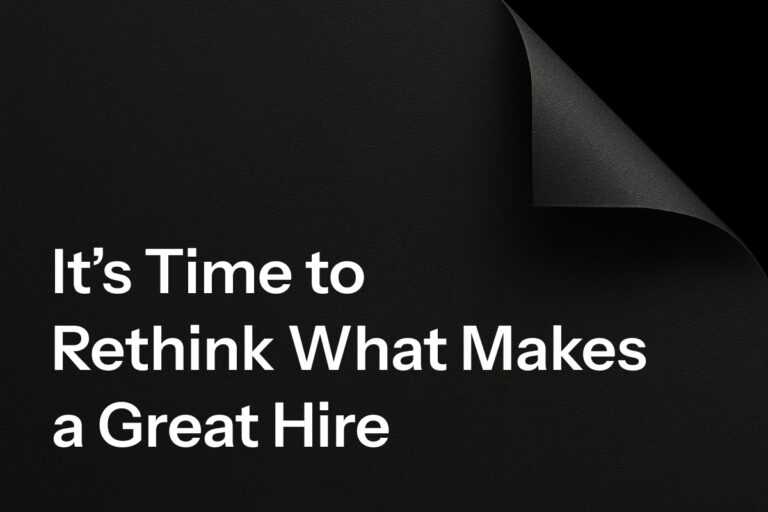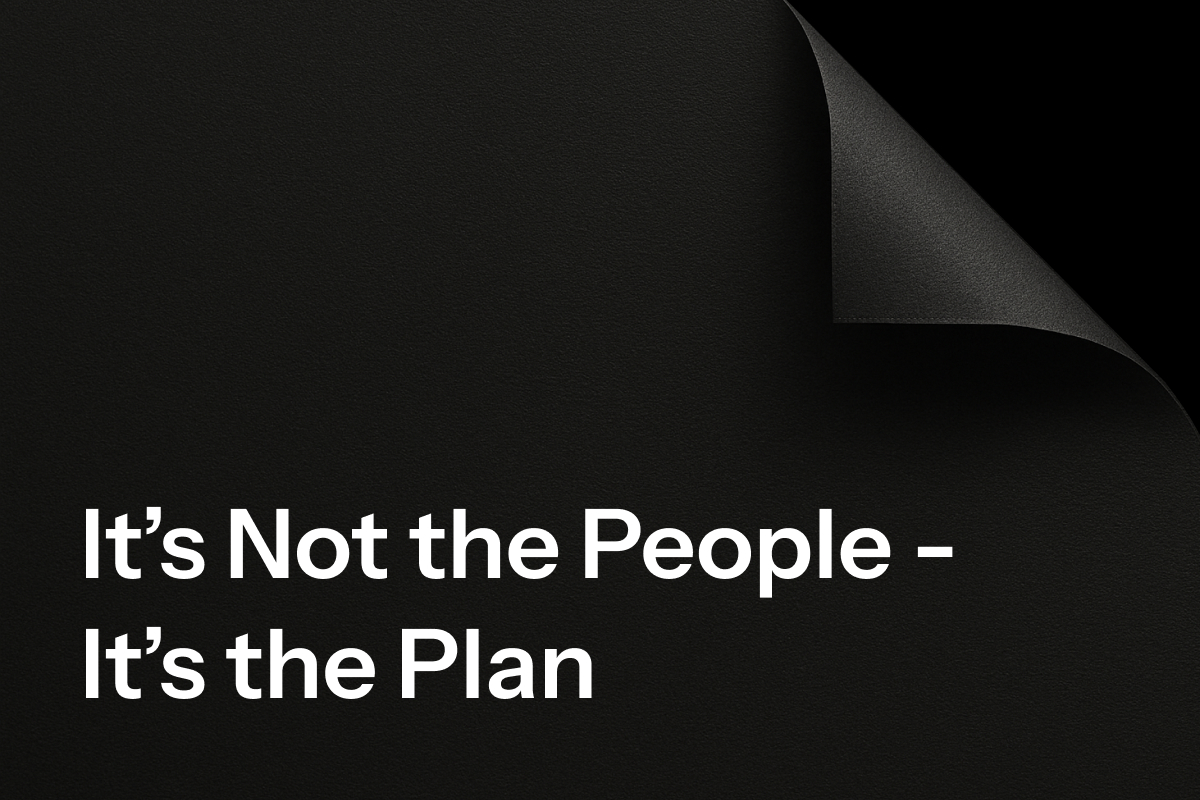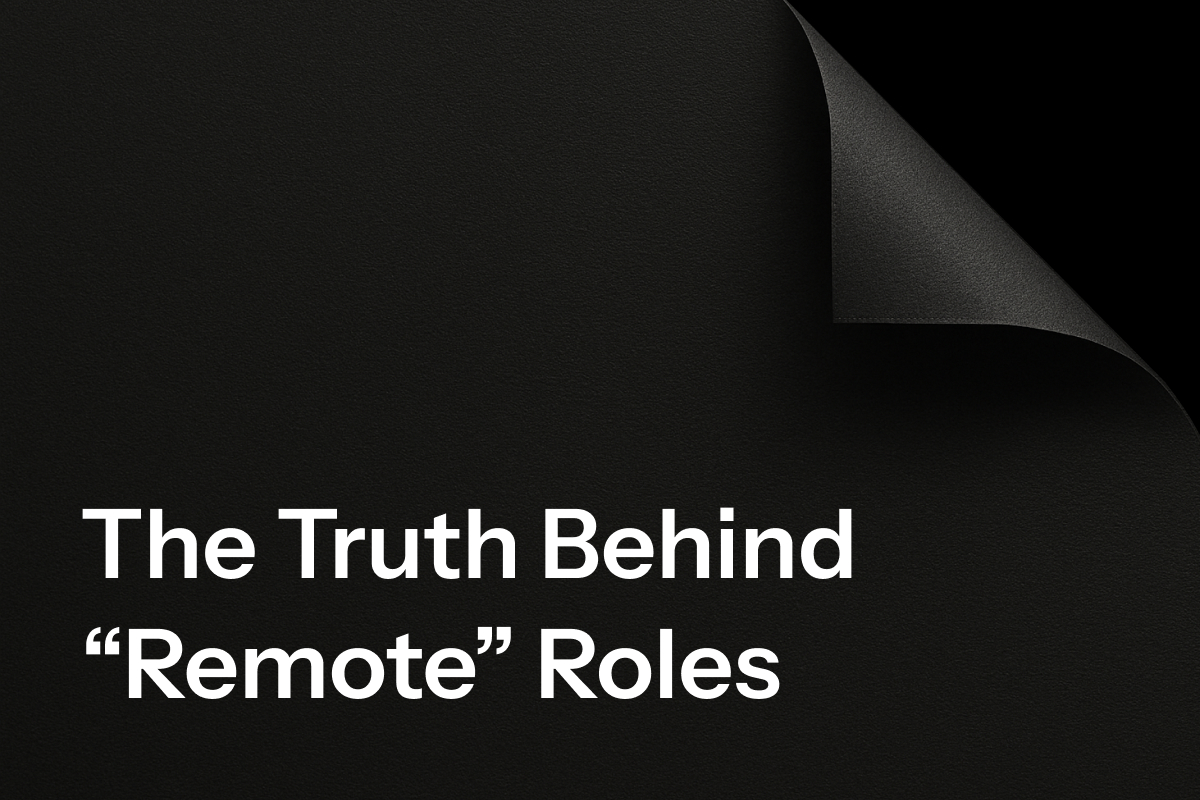Early in my career, I made what seemed like the safest hiring decision. A company I worked with was looking for a creative strategist, someone to shape brand narratives, develop campaigns, and think outside the box. We had two final candidates. One had a master’s degree in marketing, experience with well-known agencies, and a resume so polished it could blind you. The other was a journalist-turned-marketer, self-taught in branding, and had never worked in an agency before. On paper, the first candidate was the obvious choice.
We hired him.
Three months later, it was clear we’d made a mistake. He was skilled, yes, but rigid in his thinking, always leaning on the same strategies he’d used before. When challenges required adaptability, he hesitated. Meanwhile, the second candidate had landed a role elsewhere, thriving in an environment that valued fresh perspectives. That experience stuck with me. How easily we could be blinded by the illusion of a “perfect” resume, missing the very thing that makes someone great: the way they think, adapt, and create.
The Deceptive Nature of Resumes
A resume is a carefully curated highlight reel. It tells you where someone has worked and what they claim to have accomplished, but it doesn’t show the messy, real-life moments that define actual performance.
I’ve seen candidates with impeccable credentials struggle when faced with unexpected problems. And I’ve seen people with unconventional backgrounds excel in roles far removed from their original careers. What made the difference? Their ability to learn fast, solve problems creatively, and push through challenges without a manual to guide them.
Yet, time and again, hiring processes filter out these candidates. Job descriptions set arbitrary experience requirements. Recruiters scan resumes in seconds, searching for keywords instead of potential. And just like that, some of the best hires slip through the cracks.
Spotting Talent Beyond the Resume
Resumes might get someone in the door, but the real story comes out in conversation. I started paying more attention to how candidates spoke about their experiences, how they approached challenges, what excited them, where they struggled and grew.
There was one candidate I’ll never forget. She had applied for a leadership role, but her resume showed only mid-level experience. In the interview, though, she told a story about a failing project she stepped into, not as a manager, but as the only person willing to take ownership when things fell apart. She rebuilt the process, got buy-in from a reluctant team, and turned it into one of the company’s most successful initiatives. Her title hadn’t changed, but her impact had been massive.
She got the job. And she thrived in it.
Hiring as an Art, Not a Formula
I won’t pretend I never look at resumes. They serve a purpose. But I’ve learned that hiring isn’t about checking off a list of qualifications. It’s about finding people who can do the job, not just the ones who’ve already done it before.
I think about that journalist-turned-marketer sometimes. How she might have changed my client’s company’s creative strategy. How I was too focused on the usual markers of success to see the real value she could have brought.
We like to believe hiring is a science, something we can refine down to a perfect process. But in reality? It’s a messy, human, unpredictable thing. And the best hires, the ones who transform teams, challenge norms, and bring something new, are often the ones we almost overlook.




